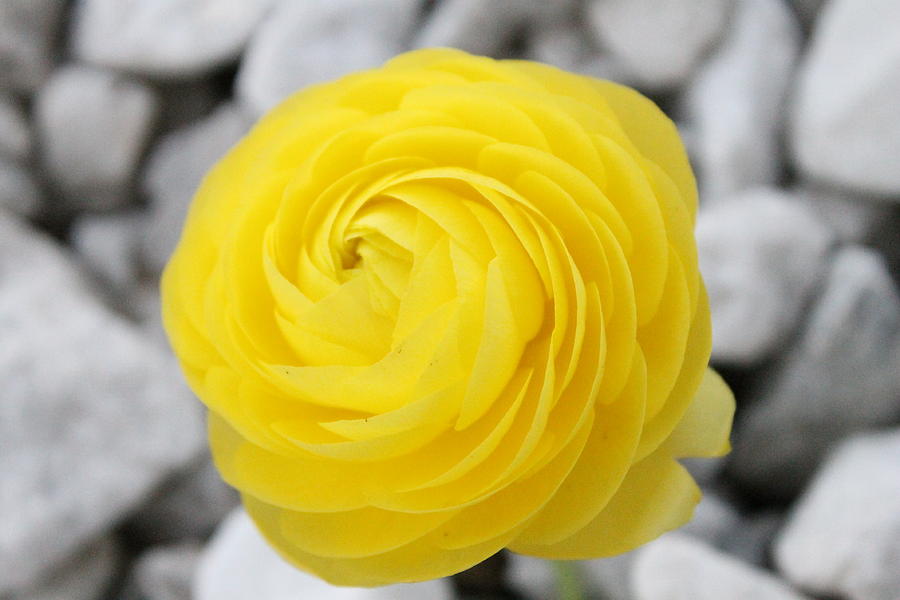
Gardener’s Path: GROW EVENING PRIMROSE FOR LATE-DAY BEAUTY

Health Benefits Times: Health Benefits of Wild pansy Gardening in South Africa: Golden Rod – Solidago Hybrids US Forest Service: Lanceleaf Coreopsis ( Coreopsis lanceolata)

Oxford Academic: The Flower Tea Coreopsis tinctoria Increases Insulin Sensitivity and Regulates Hepatic Metabolism in Rats Fed a High-Fat Diet North Carolina Extension Gardener Plant Toolbox: Gelsemium sempervirens Health Benefits Times: Medicinal uses of Yellow Jessamine Healthline: Everything You Need to Know About Geranium Essential OilĭIY Natural: Homemade Astringent for Face Made from Zinniasīrandywine: INVASIVE SPECIES SPOTLIGHT: THE TRUTH ABOUT BUTTERFLY BUSH Home Guides: How Big Does a Hibiscus Get & Does it Spread?
#Yellow buttercup flower how to
Gardener’s Path: HOW TO GROW AND CARE FOR YARROW Health Benefits Times: Facts about Carnation YoGems: What are the health benefits of tulips ? Gardening Know How: Calla Lily Care – Tips On Growing Calla LiliesĪlmanac: HOW TO PLANT, GROW, AND CARE FOR TULIPS Krishi Jagran: The Unknown Benefits and Uses of Marigold Flower Know When and How to Use It The Spruce: How to Grow Persian ButtercupsĪlmanac: HOW TO PLANT, GROW, AND CARE FOR MARIGOLDS
#Yellow buttercup flower skin
It has no medical uses, and when ingested, it may cause nausea, diarrhea, skin irritation, as well as an accelerated heartbeat.
#Yellow buttercup flower full
In well-drained soil and temperatures between 70 and 75 ☏, the Craspedia plant will grow to its full potential, assuring beautiful yellow blossoms.Ĭraspedia is known as a very versatile flower to use in centerpieces, table pieces, wedding arrangements, and corsages. The Craspedia blooms year-round in warmer climates and needs full sun to partial shade for perfect plant health. The plant forms the rosette of leaves with yellow spherical flowers that resembles small tennis balls. This plant can natively grow up to 4-24 inches and have a width of two feet. Scientifically named Craspedia globose, these plants are native to Australia and New Zealand, where they grow in various habitats ranging from sea level to the Alps. When applied to the skin, it reduces redness, inflammation, dryness, sensitivity, and swelling. Marigold has been used for ages to treat irritated skin problems like burns, rashes, and wounds. A sand or loam mixture of soil is best, as clay soils are too heavy for vital aeration. They grow where night temperatures do not drop below 60☏. The Marigold flower’s popularity derives from its ability to bloom all summer brightly, and it goes needless to say that they will thrive in full sun, taking hot, sunny exposures in stride. They have bracts (leaflike structures) that form a cup-shaped base below each flower head. Marigolds have attractive yellow, orange, or red flowers that are solitary or clustered, with leaves opposite each other on the finely cut stem. Marigolds grow well in hardy zones 2-11, and they do best in warmer months. Their sizes vary from 6 to 12 inches tall and 6 to 9 inches wide. Tagetes, or as we know them, Marigold flowers, native to southwestern North America, tropical America, and South America.

Related: Sun-Loving Flowers | Water-Loving Flowers | Shade-Loving Flowers | Types of Flowers | Types of Flowers by Color | Types of Flowers by Alphabet | Types of Flower Colors | Yellow Flowers People take the bulbous buttercup for arthritis, gout, nerve pain, skin diseases, swine flu, and meningitis despite serious safety concerns. The whole buttercup plant, when in flowering, is used to make medicine. They will grow to their full potential in sandy, loamy soil, with medium moisture and well-drained. They need full sun and require temperatures of no more than 60☏. In zones 4-7, they are treated as annuals and are planted in spring for summer bloom.īuttercups are wild, hairy plants that grow golden, yellow flowers of between 1 and 2 inches, being saucer-shaped. They are winter hardy in growing zones 8-11, where they should be planted in fall for spring flowers. They can grow up to 1 to 3 feet tall, being between 1 and 2 feet wide. Scientifically called Ranunculus, they are native to Europe and can be found in fields, lawns, gardens, and roadsides throughout North America. Buttercup, also called crowfoot, is a genus of approximately 200 species of herbaceous flowering plants.


 0 kommentar(er)
0 kommentar(er)
